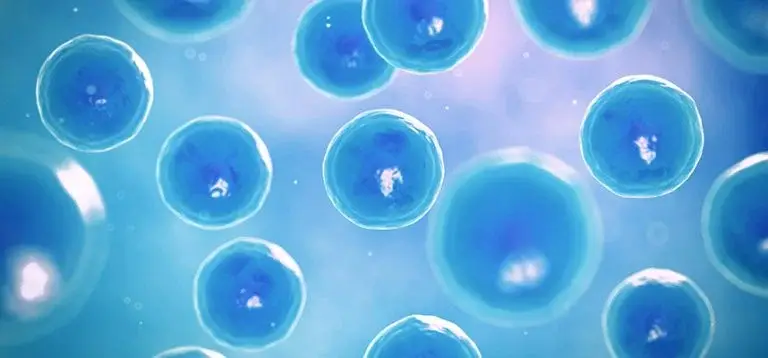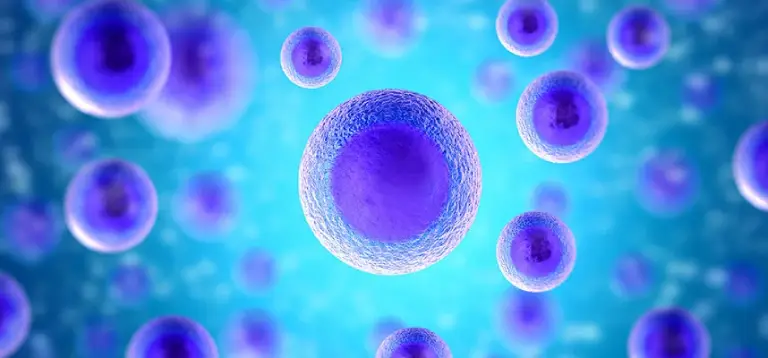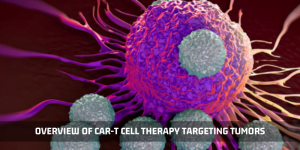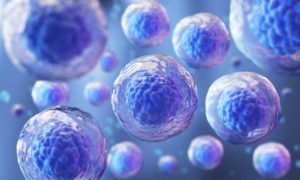
How Human Umbilical Cord-derived Mesenchymal Stem Cells Used In Research?
The human umbilical cord tissue was regarded as medical waste until 1991 when fibroblast-like cells were isolated from the human umbilical cord tissue. Further characterization of these cells revealed that they express adhesion molecules (CD44, CD105), integrin markers (CD29, CD51), and mesenchymal stem cell markers like SH2 or SH3. Pluripotency markers like Oct-4, SSEA-1, and SSEA-4 were also found on these cells besides the proof of differentiation into osteoblasts, chondroblasts, and adipocytes. These evidences determined the presence of human umbilical cord-derived mesenchymal stem cells. Since the first isolation of human umbilical cord-derived mesenchymal stem cells (UC-MSCs), more research was directed towards obtaining (MSCs) from the endothelial and subendothelial layer of the umbilical cord vein.
These cells were further shown to express mesenchymal stem cell markers CD29, CD13, CD44, CD49e, CD54, CD90, and HLA-I, besides having the ability to differentiate into cardiomyocytes. Some human (UC-MSCs) even show the presence of embryonic stems cell markers.

Research Application of Human Umbilical Cord-derived Mesenchymal Stem Cells (UC-MSCs)
Since their initial discovery and characterization, human (UC-MSCs) have been used in multiple cell therapies and clinical trials for targeting inflammatory disorders, cancer, neurodegenerative diseases, etc. There are over 400 registered clinical trials utilizing human (UC-MSCs). Recently, researchers have even used human (UC-MSCs) as a therapy for rheumatoid arthritis successfully to reduce related symptoms. Research studies further suggested that human (UC-MSCs) regulated patients’ autoimmune tolerance.
One of the most recent clinical trials of human (UC-MSCs) in tissue engineering application is based on the treatment of chronic skin ulcer treatment. In the study, human (UC-MSCs) in the form of bioscaffold mesenchymal stem cells are used to treat diabetic wounds owing to the anti-inflammatory, immunomodulatory and angiogenic properties. Researchers have also used human (UC-MSCs) to treat spinal cord injury in the form of bioscaffold mesenchymal stem cells to regulate the sustained release of cells at the injury site. These studies successfully showed the formation of new nerve fibers and the gain of electrophysiological activity.
Besides being a potential therapeutic tool in tissue damage disorders, human (UC-MSCs) have also been used in cancer research due to supposed anti-tumorigenic properties. In the case of Cancer Cell Lines and in-vitro models, human (UC-MSCs) are used as vehicles for targeted anti-cancer agent delivery to observe cancer cell growth inhibition.
Human umbilical cord-derived mesenchymal stem cells have become popular in clinical therapeutic research. Their accessibility and ease of cultivation make these cells an attractive tool for Stem Cell Therapy and tissue engineering besides bioscaffold-based modeling. If your lab is looking for tissue-specific stem cells, cancer cell lines, or primary cells culture, Kosheeka can help you get your hands on the best quality! Contact info@kosheeka.com with your inquiries.







Very informative research update on Human Umbilical cord-derived Mesenchymal Stem Cells
#Kosheeka #CellCulture